The Homelab - Part 2
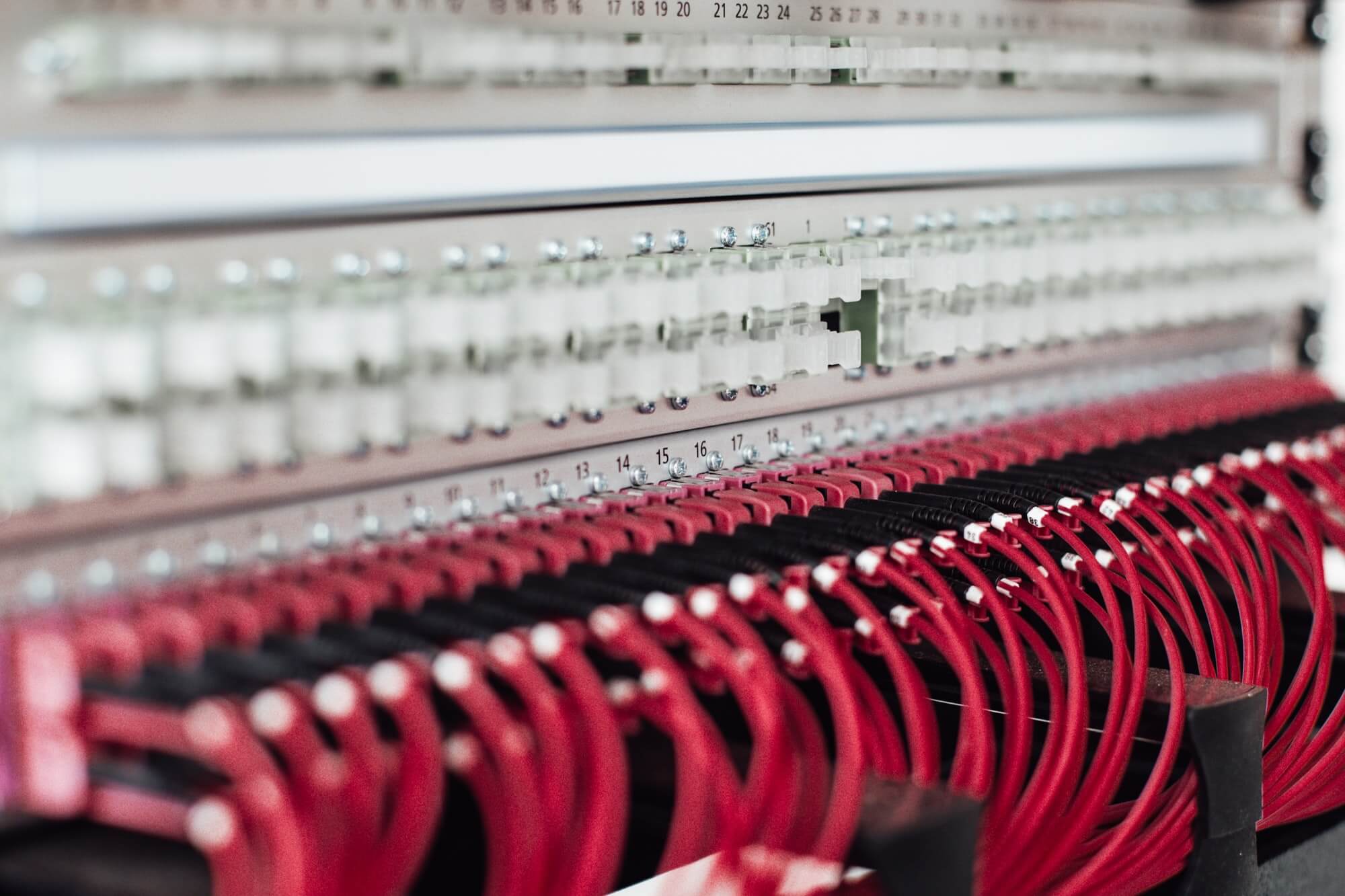
As we ended Part 1 of the home lab, I knew what I wanted to do but the equipment had not arrived.
When the firewall arrived (TLSense), I loaded the equipment into the rack and it looked like this:
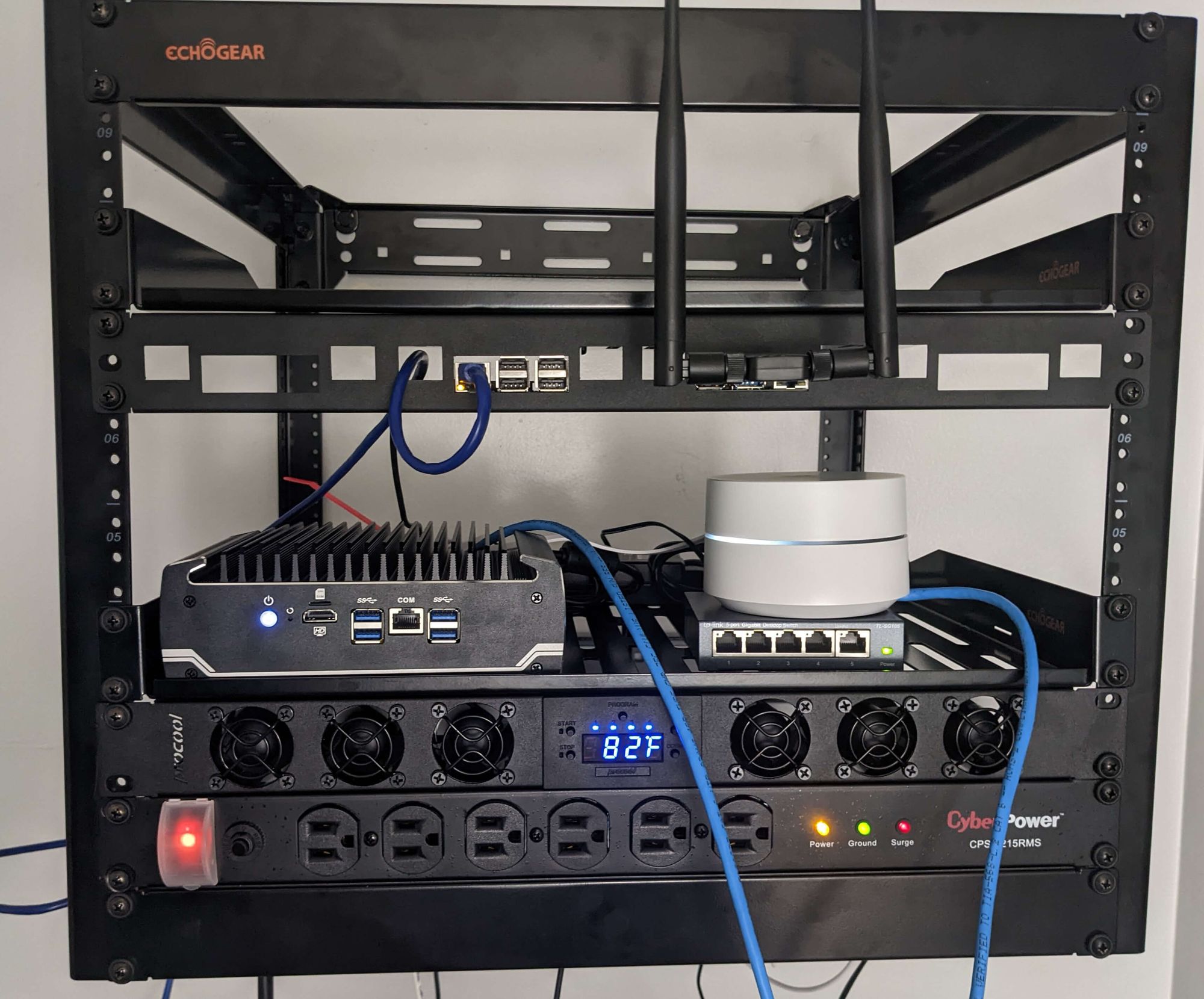
Pictured above is:
- A Pi-hole (Raspberry Pi 3B)
- Nzyme (Raspberry Pi 4 - 4GB)
- TLSense 8550U (OPNSense)
- Google Wifi (Mesh)
- TP-Link 5 Port
- A week fan system
- 1U Power
Immediately some issues were discovered or rather learned by myself.
- The firewall treats each port as a different interface, if you set it into bridge mode to basically treat each non-WAN port as a LAN port - then you run out of interfaces to setup Wireguard.
- So I needed a switch to basically only leverage WAN/LAN on the firewall, so I used my existing 5 port switch for that
- Google Wifi wants to be the DHCP server so if you force it into bridge mode - you lose the "mesh" feature.
- Providing power to 2 PI's had two power adapters strewn around
So I took a break and decided to rotate out the consumer grade hardware (Google Wifi) for some Ubiquiti access points.
This would require running more cable through the attic from my office in order to drop the Ethernet line needed for each point. The next problem was powering those access points which required a PoE cable. None of my switches or technology could do PoE and I did not want to have PoE injectors required.
So some more equipment arrived.
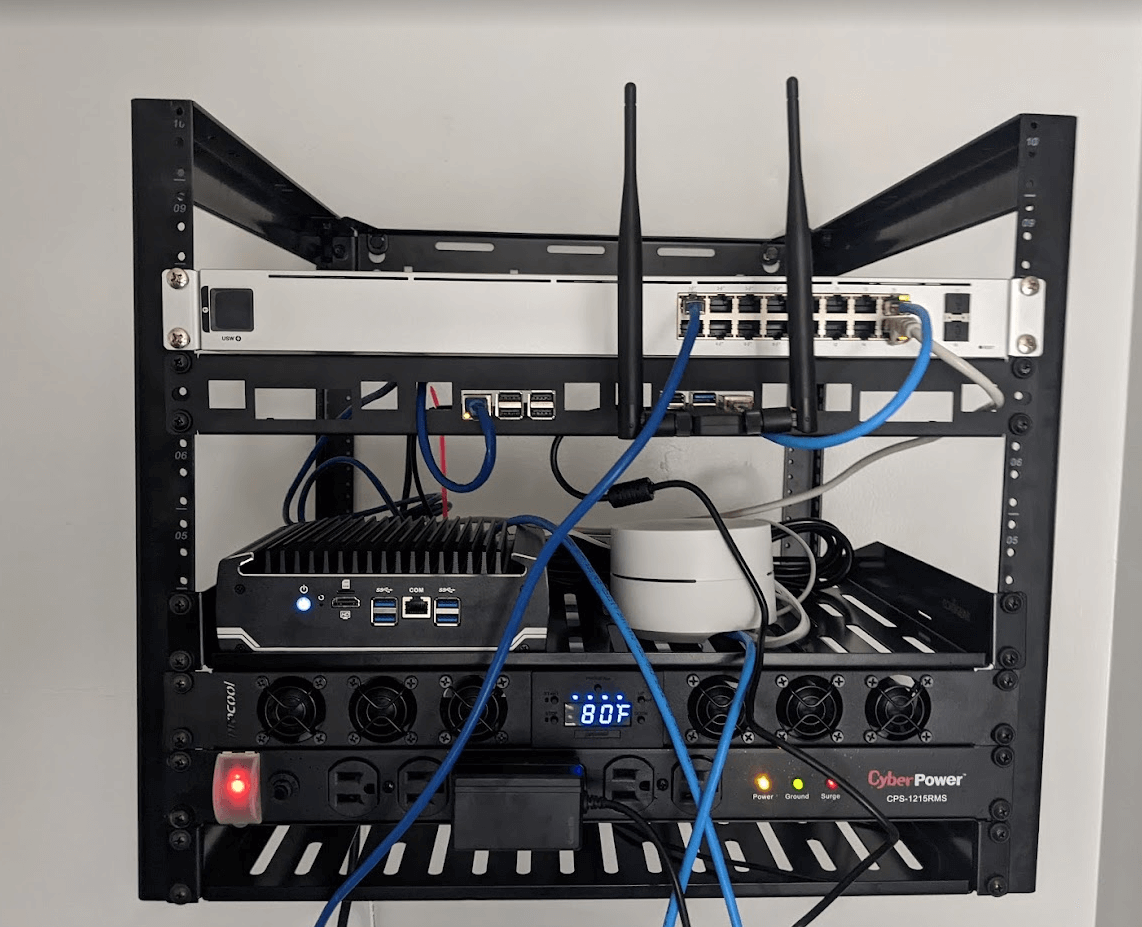
Unfortunately, it appears I rushed this and quickly learned a few things.
- Raspberry Pi's cannot do PoE without an extra part (A PoE hat)
- Unifi technology requires a "console" for configuring
I ended up installing the Ubiquiti console onto the newer Raspberry Pi and it didn't work due to Debian Bullseye and MongoDB. So I installed it on my older Pi which ran my DNS and it slowed that system down to quite a halt.
So I did some slower research this time and purchased a CloudKey and a few PoE hats for the Pis. While discussing all these mistakes I was also donated an old 8 port Ubiquiti switch that was rotated out of a business for a higher port device.
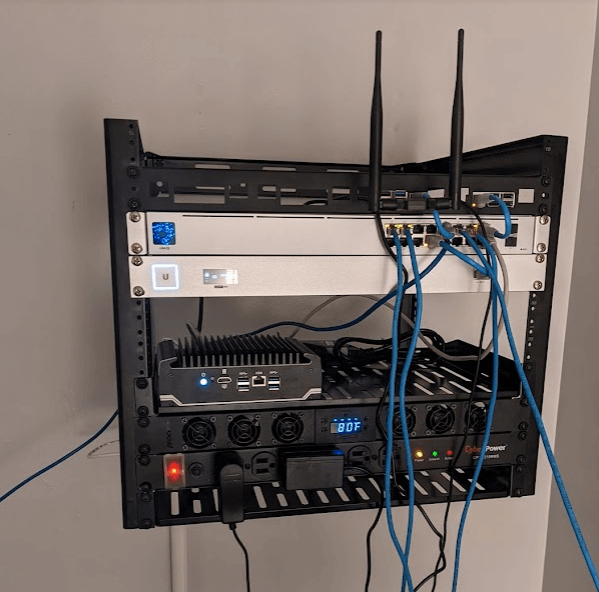
So now things were starting to take shape. The Google Wifi was all cleanly packed back up and being sold on Craigslist. The 2 Ubiquiti access points were placed around the house and wired up via the PoE ports on the switch.
The CloudKey was loaded onto the rack and powered via PoE from the switch.
Outside of the organization and wires being incredibly ugly - stuff was at least working. Since the PoE hats have not arrived, I'm still withholding the final cleanup of hiding all wires into wire molds and remaking cables to be perfect length.
It was amazing to see the topology feature of Unifi that automatically loaded up my network.

It was really cool to see devices come back online as my Internet setup grew. Yes, I have a lot of technology that is connected. It seems the Hue lights paired with the smart appliances and few Nest items add to a large amount of wireless devices.
So now I only have a few remaining items:
- Convert Pi's to PoE
- Get Internet to my "Xbox hacking station"
- Wire-mold the wires strewn around my office
- Organize the cage
At least all the technology is working now so we can take a look at some dashboards.
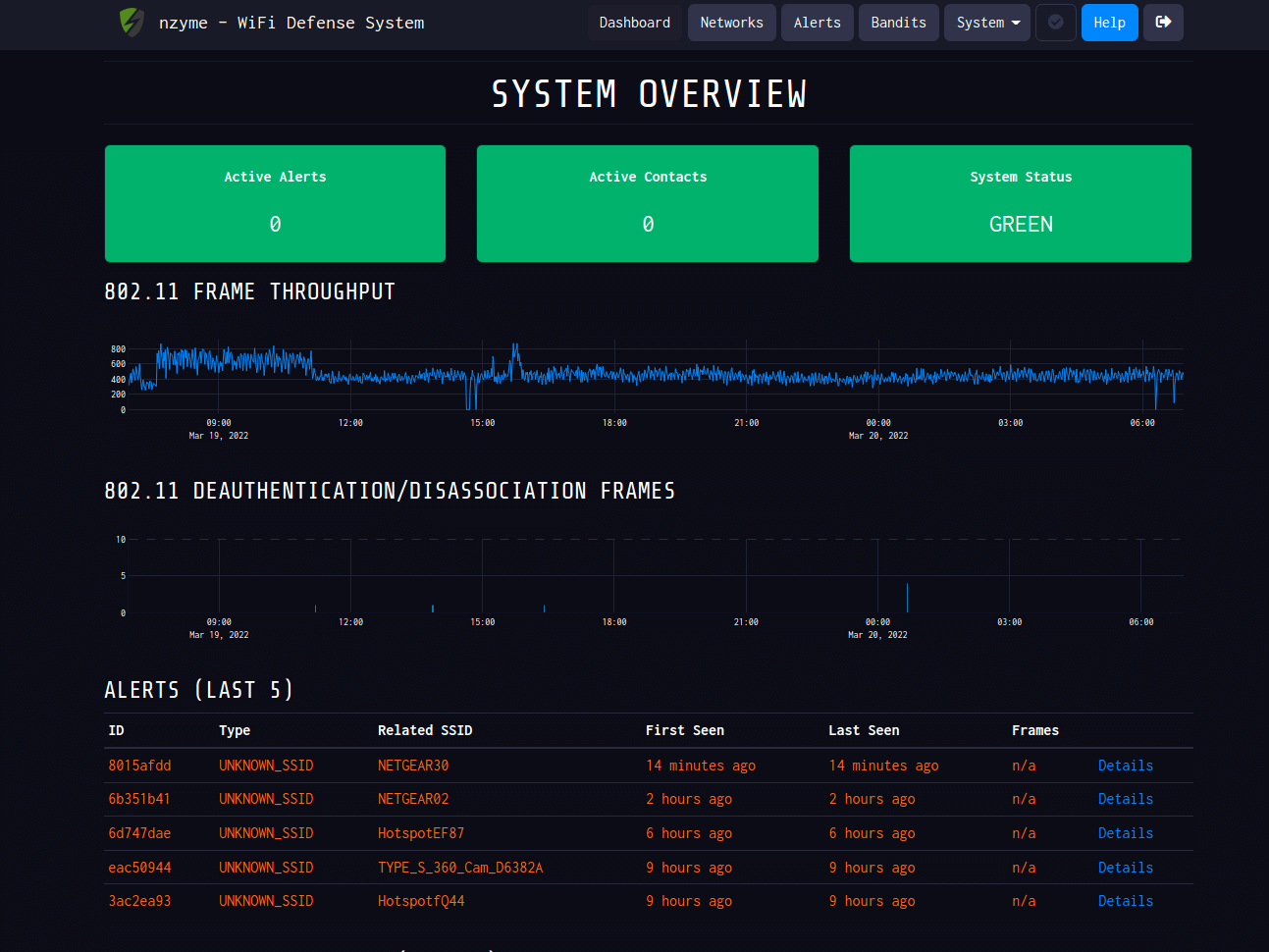
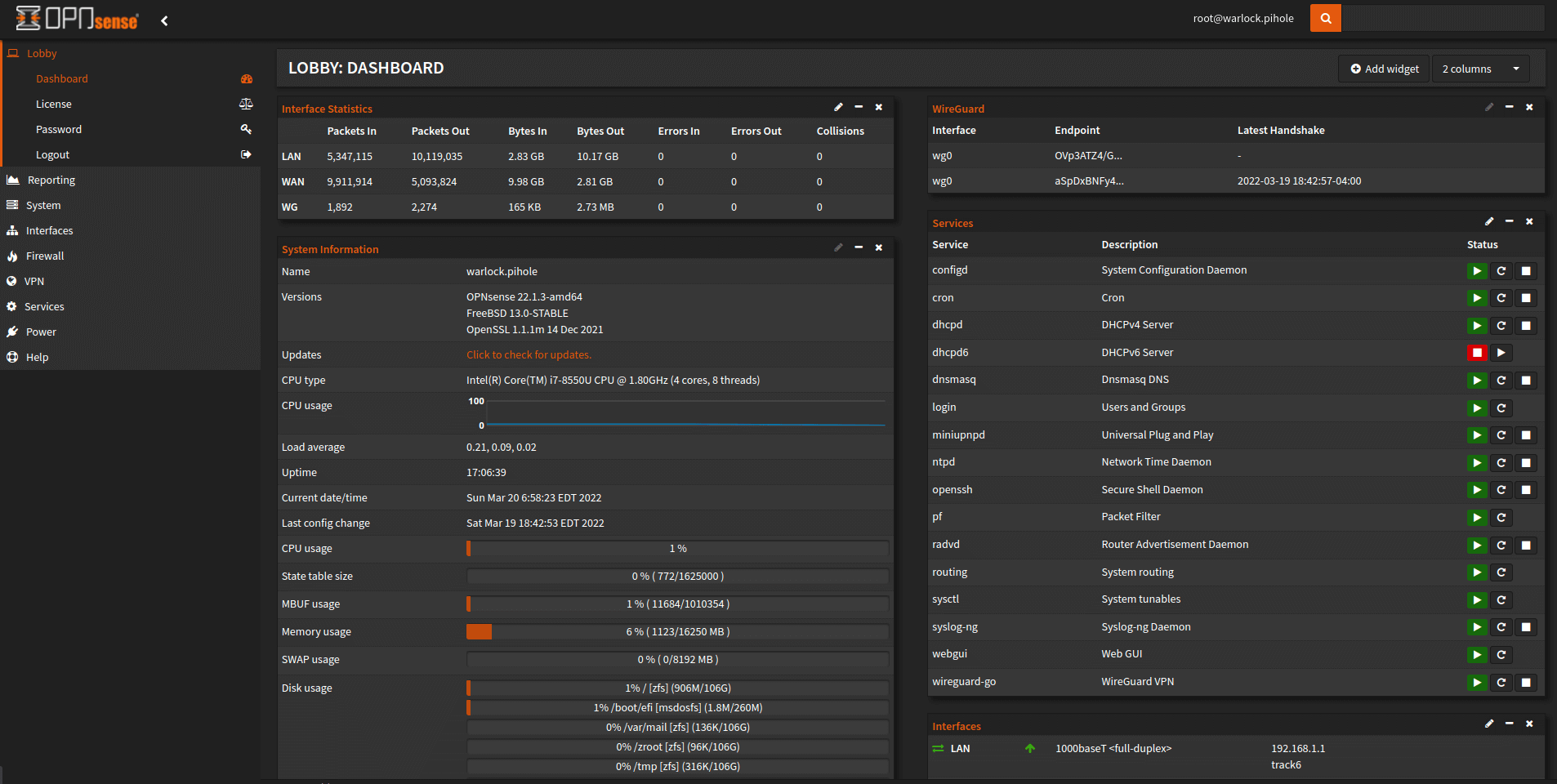
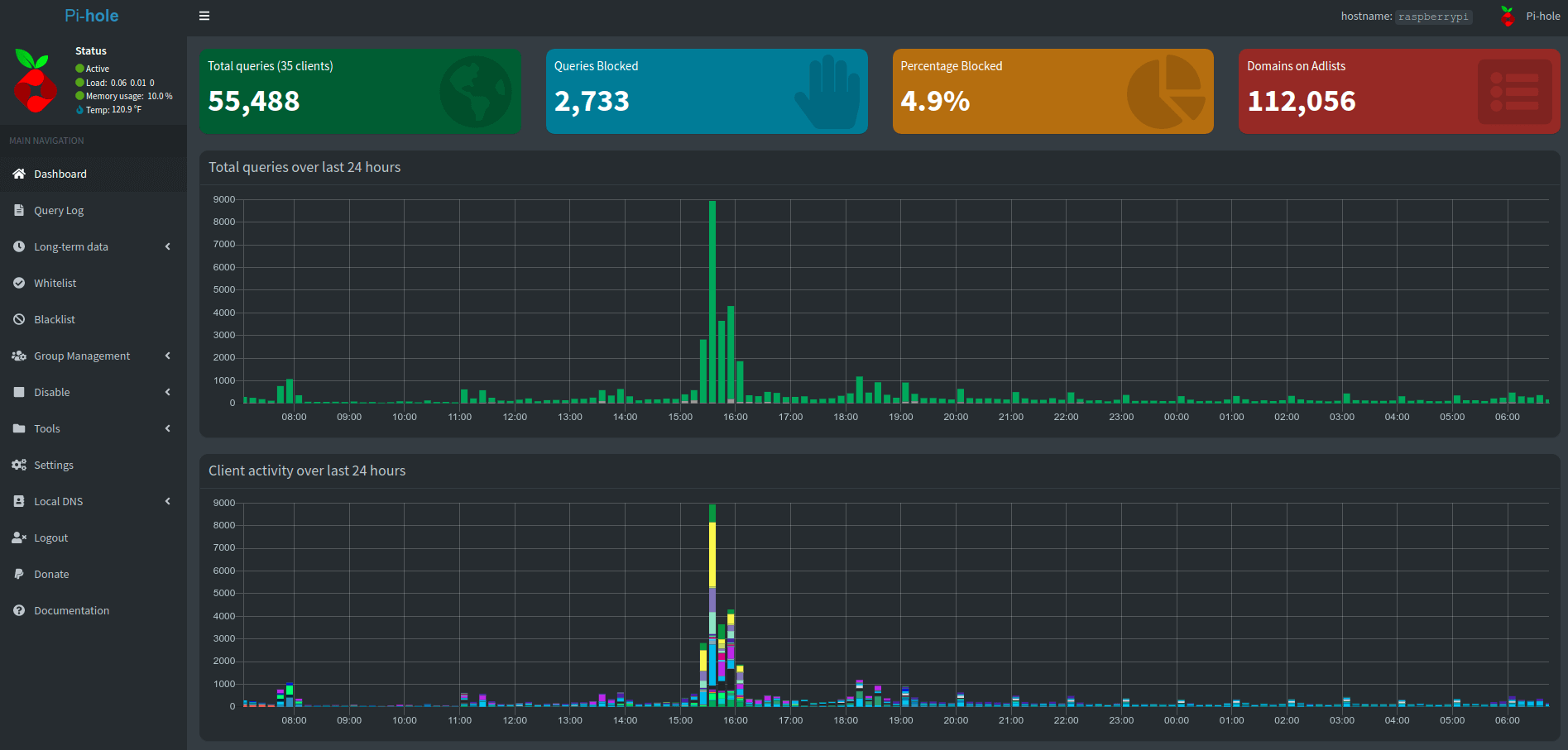
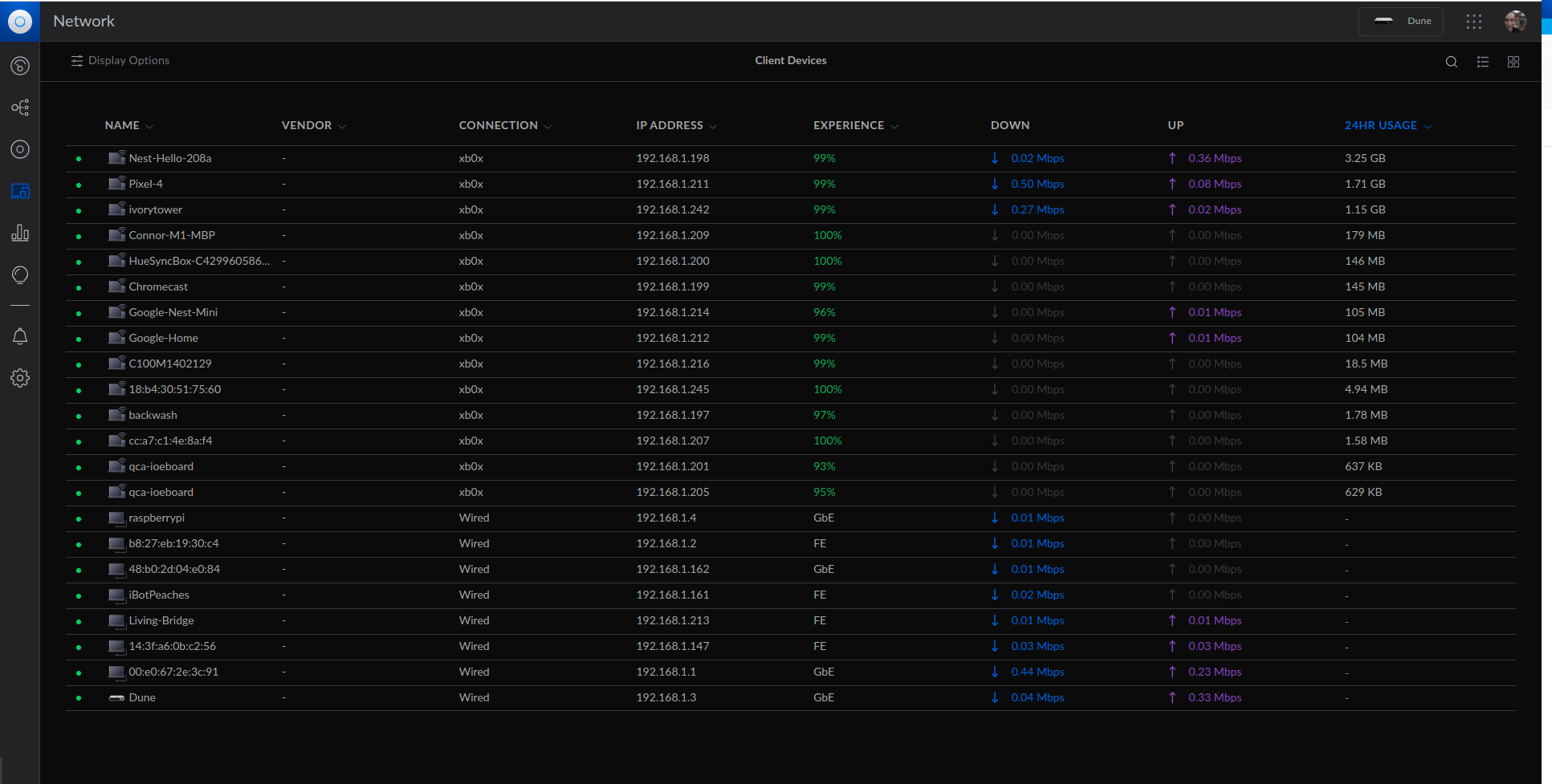
I'll be back with a Part 3 when everything is cleaned up and I'm more proud to show off my basic cage setup. For now, we will have some unorganized wires while we wait on the final delivery.
